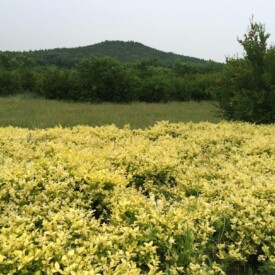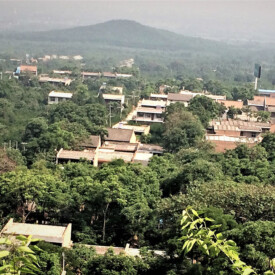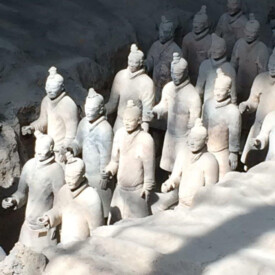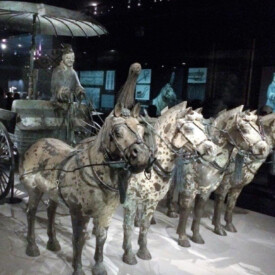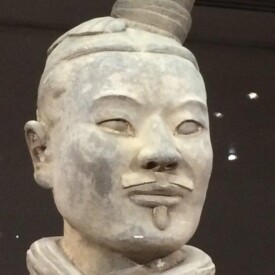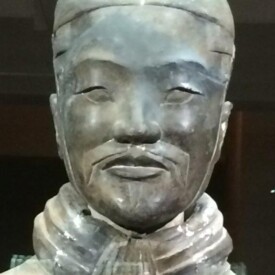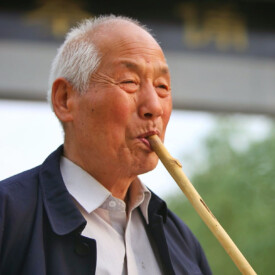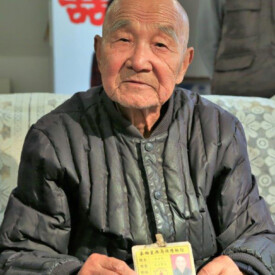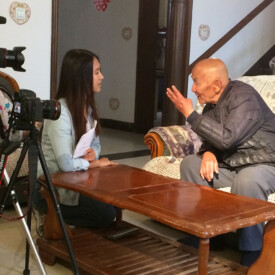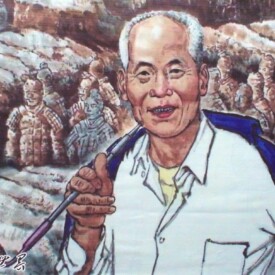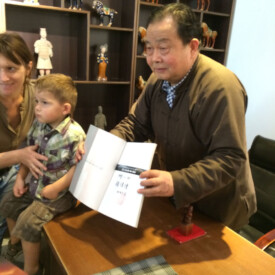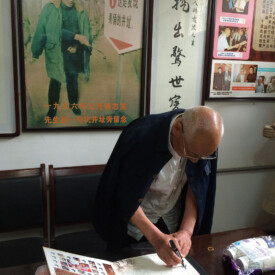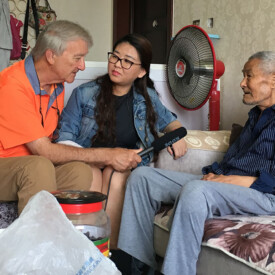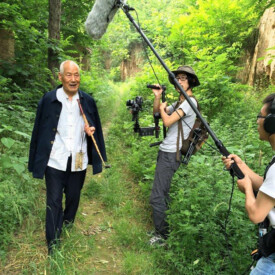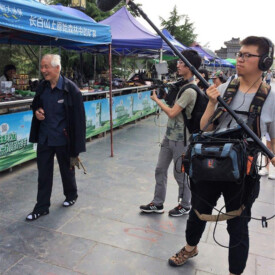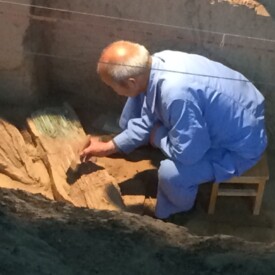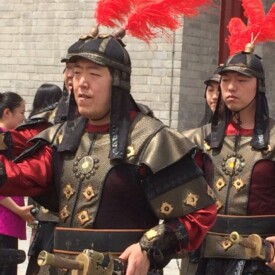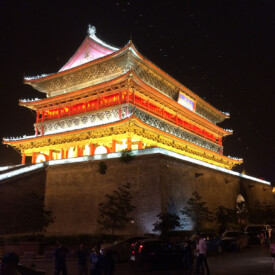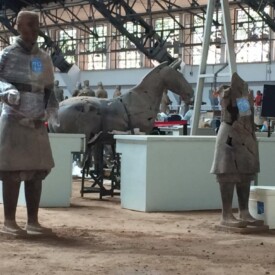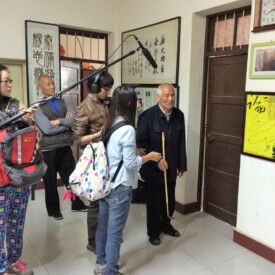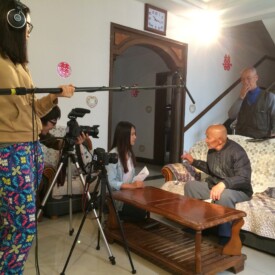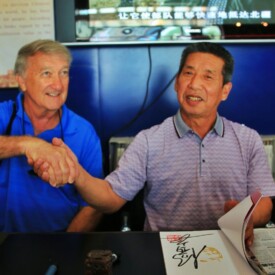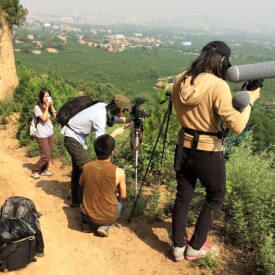Yang Zhifa puffs on his long pipe as he speaks in a soft, almost philosophical tone. He recalls the day when he and fellow farmers were digging a well near their home in Xiyang, a poor farming community on the outskirts of Lintong, China, some 20 miles from the ancient capital of Xi’an. It was March, 1974. While the People’s Republic of China was only 25 years old, buried in the ground beneath Yang Zhifa’s shovel was a much older China, a China thousands of years old, a China recently unified by the Emperor Qin Shi Huang. As a child, Yang Zhifa had played in the area near the emperor’s mausoleum, but neither he nor anyone else knew what lay beneath it. When his shovel struck a piece of terracotta, he had no idea it would be the key to one of the greatest archeological finds in history—the magnificent Terracotta Army of China’s first emperor. What began as three cartloads of fragments grew and grew and grew—and continues to grow—until presently more than 8,000 life-sized soldiers, chariots and horses, and 10,000 weapons have been discovered. An equally great treasure, the tomb of Qin Shi Huang, has yet to be excavated. Duan Qingbo, former head of the mausoleum excavation team, says Chinese officials and archeologists are awaiting the development of technology that will allow them to carry out the excavation without damaging its hidden treasures.
Historian Gengzhe Yu says that years ago local farmers found figurines in the mausoleum area but smashed them for fear they would bring bad luck. Despite the notoriety the discovery brought to Yang Zhifa and his crew of well diggers, they too wondered whether they had been blessed or cursed by the discovery. To make room for the building of museums, the Chinese government took away their homes, their land and their livelihood, and relocated them. For years the government refused to give them official recognition for their discovery. Some of the farmers, like Yang Zhifa and Yang Quanyi, were eventually given jobs in the Terracotta Warriors museum signing autographs. Although the pay was a pittance, it was a job. In 1998 Yang Zhifa greeted U.S. President Bill Clinton when he visited the museum. Zhifa still proudly displays a photo of himself and the former president on the wall of his home.
Today, only three of the discoverers, Yang Zhifa, Yang Peiyan, and Yang Xinman, are still living. Late in the autumn of their lives, they reflect on the serendipitous discovery that turned their lives upside down. They still marvel at the attention they receive and the changes they have witnessed. Although some of the farmers and families of the deceased farmers still harbor resentment over the way they have been treated, on the whole they are content and even proud of the small but significant role they played in Chinese history.

